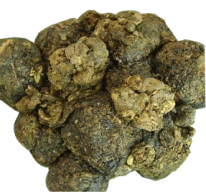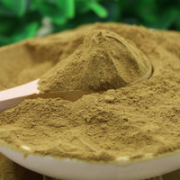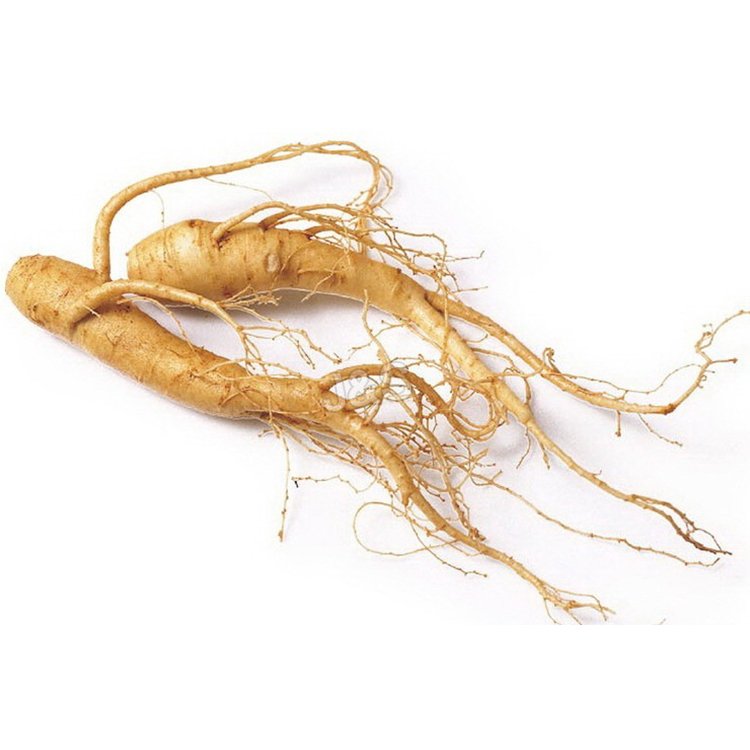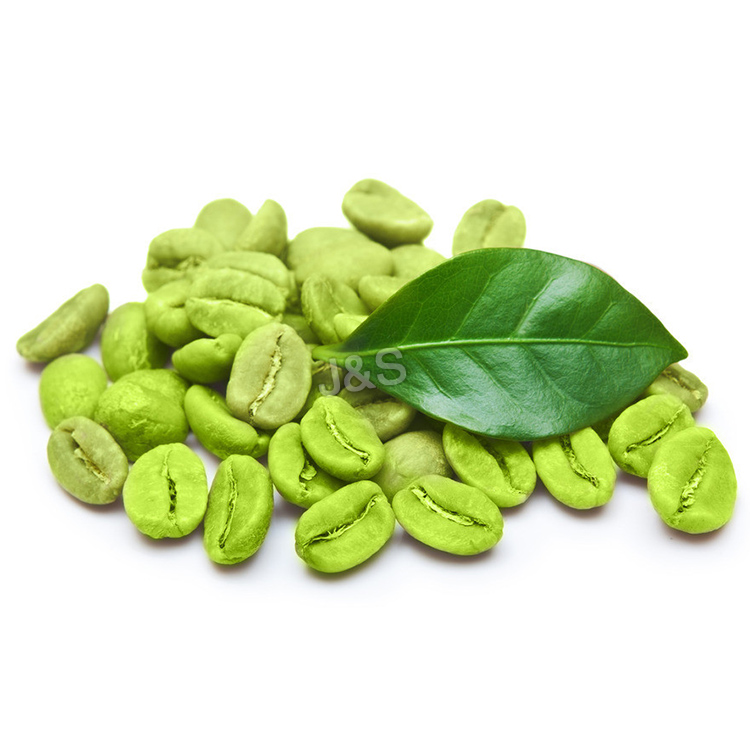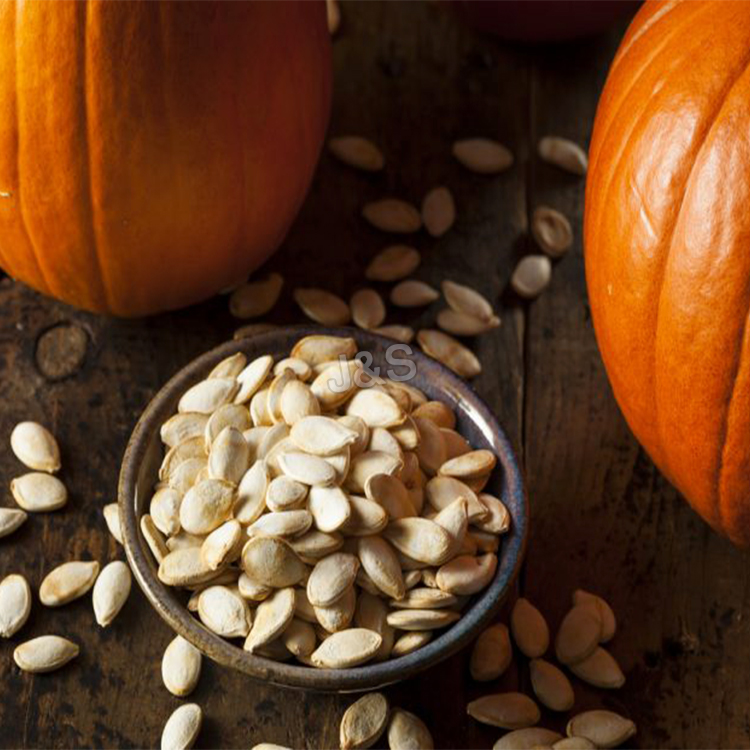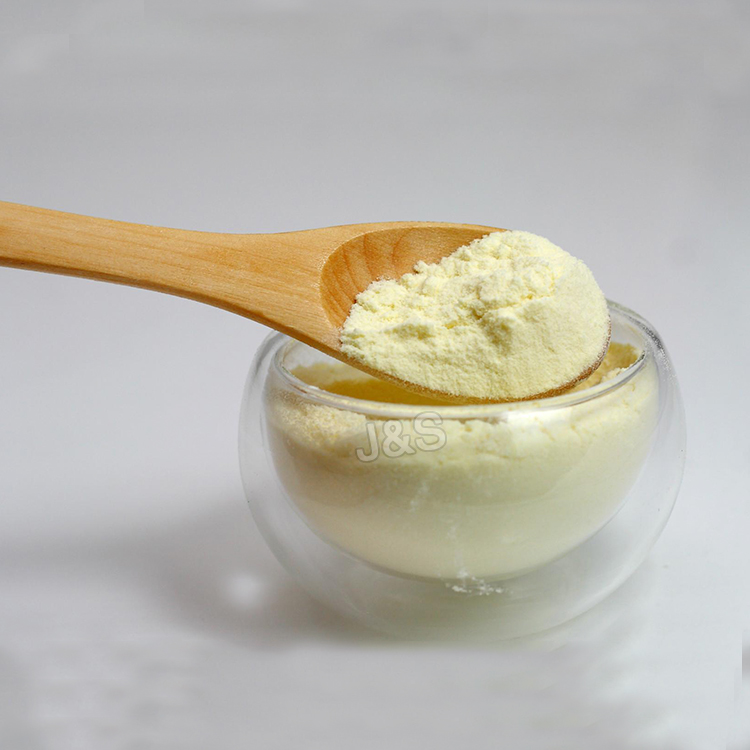High Performance Organic Propolis powder Factory in Italy
High Performance Organic Propolis powder Factory in Italy Detail:
[Products Name] Propolis powder, Propolis extract powder
[Specification]
Propolis content 60%,70%,80%
Water-soluble propolis powder 60%,70%,80%
[Gerneral feature]
1. Low antibiotics
2. Low PAHs, can approve to 76/769/EEC/German:LMBG;
3.Organic certified by ECOCERT, according to EOS & NOP organic standard;
4.Pure natural propolis;
5.High content of flavones;
6.Anti-block;
7. Manufacturer supply.
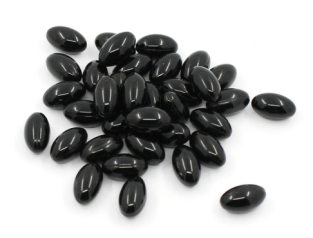

[Packaging]
1. 5kg/aluminum foil bag, 25kgs/carton.
[How to get it]
First, we collect raw propolis from beehives, then extract by low temperature with ethanol. Filter and concentrate, we get the pure propolis block at 98%. Then Low temperature crushing, adding edible and medicinal excipients, finally we get propolis powder.
[Introduction]
Propolis comes from the substance like natural resin, which is collected by the bees from exudates of plants branches and bud the chemical substances of Propolis are found to be various, such as beeswax, resin, incense lipids, aromatic oil, fat-soluble oils, pollen and other organic matter. Studies have shown that the source of propolis resin in material has three types: bees collected plants secreted fluid, secretion in vivo metabolism of bee, and involvement in the process of forming the material.
We can supply Propolis Extract with food-grade and medicine-grade .The raw materiall is came from non-polluting food grade propolis .Propolis extract was made of high-grade propolis. It maintains the propolis effective ingredients during the procedure of extraction under constant low temperature , taking off the useless substances and sterilization.
[Function]
Propolis is a natural product processed by bees mixed with glutinous and its secretion.
Propolis contains more than 20 kinds of useful flavonoids, rich vitamins, enzymes, amino acids and other microelements, etc. Propolis is called “purple gold” owing to its valued nutrients.
Propolis can remove free radical, lower blood sugar and blood fat, soften blood vessels, improve micro-circulation, enhance immunity, anti-bacteria and anti-cancer.
Product detail pictures:
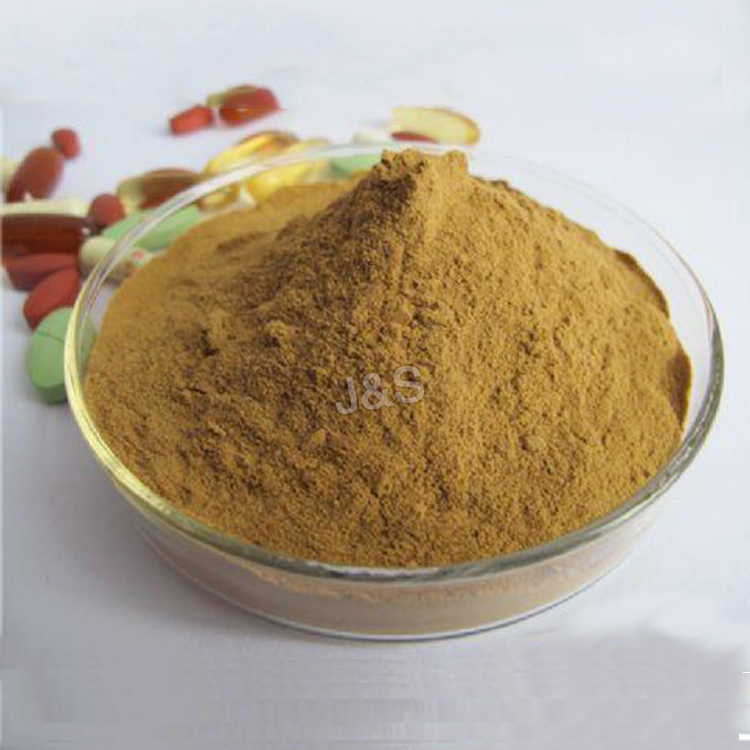
Related Product Guide:
continue to enhance, to be certain solution top quality in line with market and buyer standard requirements. Our corporation has a excellent assurance program are actually established for High Performance Organic Propolis powder Factory in Italy , The product will supply to all over the world, such as: Porto, Lithuania, New Orleans, Our team knows well the market demands in different countries, and is capable of supplying suitable quality products and solutions at the best prices to different markets. Our company has already set up a experienced, creative and responsible team to develop clients with the multi-win principle.
Questions and comments
shanespilltalk@yahoo.com
Greens + Whole Body Nutrition
One of the newest products to ht the shelves in health food stores. A combination of of Green+ O and a fermented food blend this combination helps improve digestion and overall health that is sure to make you feel like a million bucks.
Ingredients
Linum usitatissimum: Organic flaxseed
2,308 mg
Oryza sativa: Rice bran
1,154 mg
Portulaca oleracea: Purslane plant
692 mg
Daucus carota: Purple carrot root
231 mg
Olea europaea: Olive fruit
231 mg
Solanum lycopersicum: Tomato fruit
231 mg
Brassica oleracea viridis: Organic kale plant
231 mg
Hippophae rhamnoides: Sea buckthorn fruit
231 mg
Nigella sativa: Black cumin seed
231 mg
Phyllanthus emblica: Organic amla fruit
231 mg
Theobroma cacao: Organic cocoa seed
231 mg
Isomaltooligosaccharides: VitaFiber™ (fermented; non-GMO)
6 g
Vegan Vitamin D (ergocalciferol from Agaricus bisporus; non-GMO, organic)
20mcg / 800 IU
Tagetes erecta: Marigold flower extract providing 5% lutein
120mg
Coffea arabica: NeuroFactor™ whole coffee fruit concentrate
100mg
Vaccinium ovalifolium & uliginosum: AuroraBlue™ wild Alaskan blueberry fruit
100mg
Cucumis melo: Extramel® cantaloupe fruit juice concentrate
10mg
Arthrospira platensis: Organic spirulina 1,450mg
Daucus carota: Organic carrot root 1,200mg
Malus domestica: Organic apple peel (Appleboost®) 1,200mg
Helianthus annuus seed: Sunflower lecithin 1,100mg
Salvia hispanica L.: Organic chia seed 400mg
Medicago sativa: Organic alfalfa grass 383mg
Chlorella vulgaris: Organic chlorella (cracked cell) 300mg
Beta vulgaris: Organic red beet root 200mg
Brassica oleracea italica: Organic broccoli sprouts (non-GMO) 200mg
Brassica oleracea: Organic broccoli 200mg
Glycyrrhiza uralensis: Licorice root extract standardized to 10% glycyrrhizin (5:1 = 580mg) 116mg
Malpighia glabra: Acerola berry juice extract standardized to 18% Vitamin C 115 mg
Eleutherococcus senticosus: Siberian ginseng root extract standardized to 0.8% eleutherosides (28:1 = 1,680 mg) 60 mg
Silybum marianum L.: Milk thistle seed extract standardized to 86% silymarin (40:1 = 2,400 mg) 60 mg
Palmaria palmata: Organic Atlantic dulse seaweed
33 mg
Ginkgo biloba L. leaf extract standardized to 24% ginkgo flavonglycosides and 6% terpene lactones (50:1 = 1,000 mg) 20 mg
Camellia sinensis L.: Japanese green tea leaf extract standardized to 90% polyphenols and 60% catechins 15mg
Vaccinium myrtillus L.: European bilberry extract standardized to 25% anthocyanidins (100:1 = 1,000 mg) 10mg
Vitis vinifera: Grape skin and seed extract standardized to 95% proanthocyanidins and 200 ppm Resveratrol (500:1 = 2,500 mg) 5mg
++++++++++++++++++++
Click Here ▶▶ https://bit.do/BiggerPenisNow
++++++++++++++++++++
PE Bible – John Collins
WARNING: This Program Is Only For Men Who Are Serious About Permanently Enlarging Their Penis!
You’ll discover what new research reveals!
The Penis Enlargement Bible is your guide to the most effective all natural penis enlargement techniques on the planet. If you want to learn how to get MASSIVE growth using only your hands and some readily available natural supplements then read on…
You’re at the start of an exciting journey. Stick with it and the results are LIFE-CHANGING and PERMANENT.
John is going to reveal all of his secrets for all natural penis enlargement. Every single one. And YOU are going to get bigger… A LOT BIGGER.
He will teach you the MOST EFFECTIVE ways to increase the size of your penis giving you the size and confidence you have always wanted!
Plus, these techniques enable you to have much longer, more powerful erections and increased sexual stamina.
You’ll be a SUPER-STAR lover in 2 MONTHS… If you follow this system, you’ll be a LOVE-MACHINE with a BIG PENIS in virtually no time at all.
John has documented his entire all natural penis enlargement journey in a 94 page e-book that he calls, “The Penis Enlargement Bible”. John will walk you through the two-step method to grow between 2 and 4 inches in length and up to 1 inch in girth within just two short months.
The techniques are simple but effective for all natural penis enlargement.
You can achieve BIG growth from the comfort of your own home using only your hands and some simple natural supplements which will effectively restart the same growth you experienced during puberty.
The all natural penis enlargement techniques outlined in my system have been used by over 5000 men around the world, giving them life changing results that are permanent and easy to achieve. You can experience the same growth and the same results – starting today!
You Will Not Find This All Natural Penis Enlargement Program Anywhere Else Online. Proven Techniques That Have Been Tested And Refined To Increase The Size of Your Penis .
60 Day RISK FREE, 100% money back guarantee – you’ve got nothing to lose!
You May Also Like: https://youtu.be/l2VKqpIJX6w
Find This Video Here: https://youtu.be/vmAV4lB73Q0
Start Today ▶ https://completemenshealth.website/AllNaturalPenisEnlargement
=================================================
Related Search Terms:
all natural penis enlargement,all penis enlargement,asian penis girth,average erect penis length,average male penis girth,average male penis length,average penis girth,average penis size of a man,best dick size,best male enhancement,best male enhancement pills,best natural penis enlargement,best penis,best penis enlargement,best penis enlargement cream,best penis enlargement device,best penis enlargement exercise,best penis enlargement method,best penis enlargement methods,best penis enlargement pills,best penis enlargement pills on the market,best penis enlargement products,best penis enlargement program,best penis enlargement pump,best penis enlargement supplement,best penis enlargement supplements,best penis enlargement system,best penis girth,best penis length,best rated penis enlargement,best rated penis enlargement pills,best way to enlarge penis,best way to increase penis size,best way to increase your penis size,best ways to increase penis size,big penis,bigger dick,bigger penis,bigger penis girth,bigger penis size,biggest penis,biggest penis length,black penis length,boys penis length,buy penis enlargement,buy penis enlargement pills,buy penis growth patch,buy penis growth pills,can i increase my penis size,can i increase penis size,can i increase the size of my penis,can i make my dick bigger,can you increase penis size,can you make your dick bigger,celebrity dick size,cheap penis enlargement,cheap penis enlargement pills,cheap penis growth patch,clinically proven penis enlargement,cosmetic surgery penis enlargement,cost of penis enlargement,cost of penis enlargement surgery,dick big,dick bigger,dick enlargement exercises,dick enlargement surgery,dick size,dick size matter,dick size matters,diy penis enlargement,do penis enlargement pills really work,do penis enlargement work,doctor penis enlargement,does penis enlargement work,easy penis enlargement,easy penis exercises,easy way to increase penis size,easy ways to increase penis size,effective penis enlargement,effective penis enlargement pills,enhance penis,enhance penis girth,enhance penis size,enhance your penis,enhance your penis size,enhancement penis,enlarge my penis,enlarge penis,enlarge penis girth,enlarge the penis,enlarge your penis,enlarge your penis by,enlargement of the penis,enlargement penis
The enterprise has a strong capital and competitive power, product is sufficient, reliable, so we have no worries on cooperating with them.

